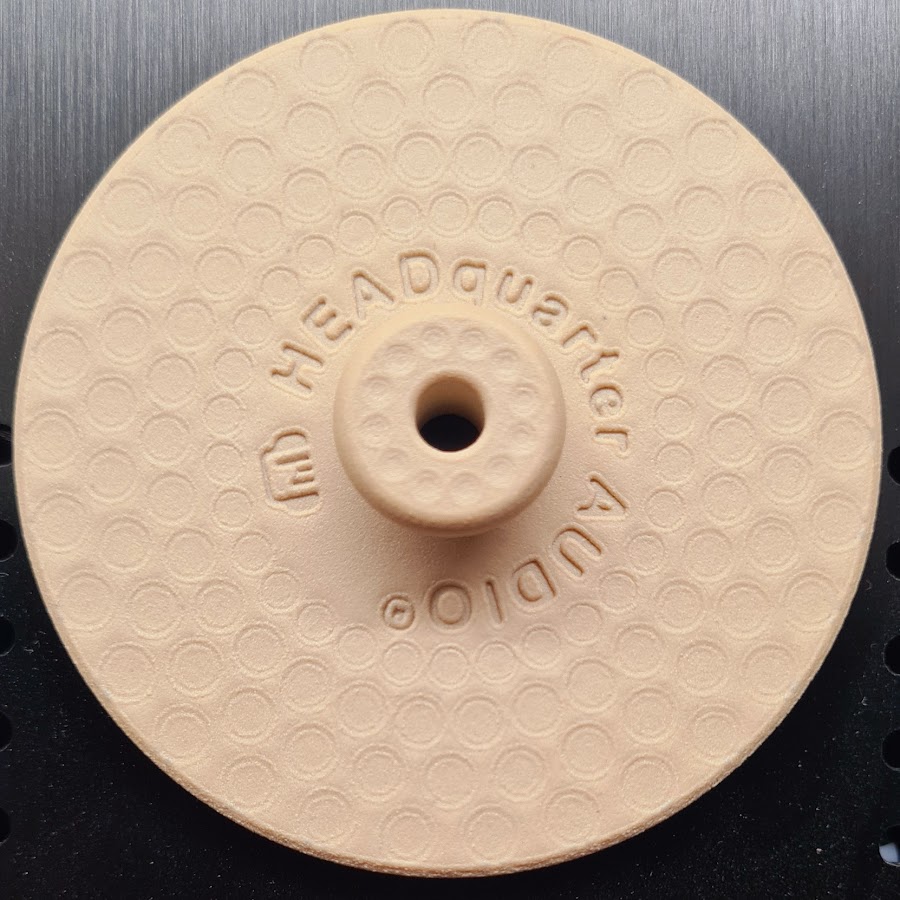Does anyone have experience with the modification(s) done on the Linton by this German company HEADquarter Audio? They say it enhances detail (opens up the sound) while keeping the signature sound of the Lintons.
What does this mean for accuracy of the sound?
Link to Youtube channel HEADquarter Audio:

 www.youtube.com
www.youtube.com
What does this mean for accuracy of the sound?
Link to Youtube channel HEADquarter Audio:
HEADquarter Audio
Video-Blog mit Informationen rund um Audio und High End auch abseits des Mainstreams. Hier geht es um den Weg zur Weltklasse. Ich bin immer auf der Suche nach Gleichgesinnten, die überdurchschnittliche Produkte kennen und weiterempfehlen möchten. Ich selber baue Open Baffle Lautsprecher, mein...

